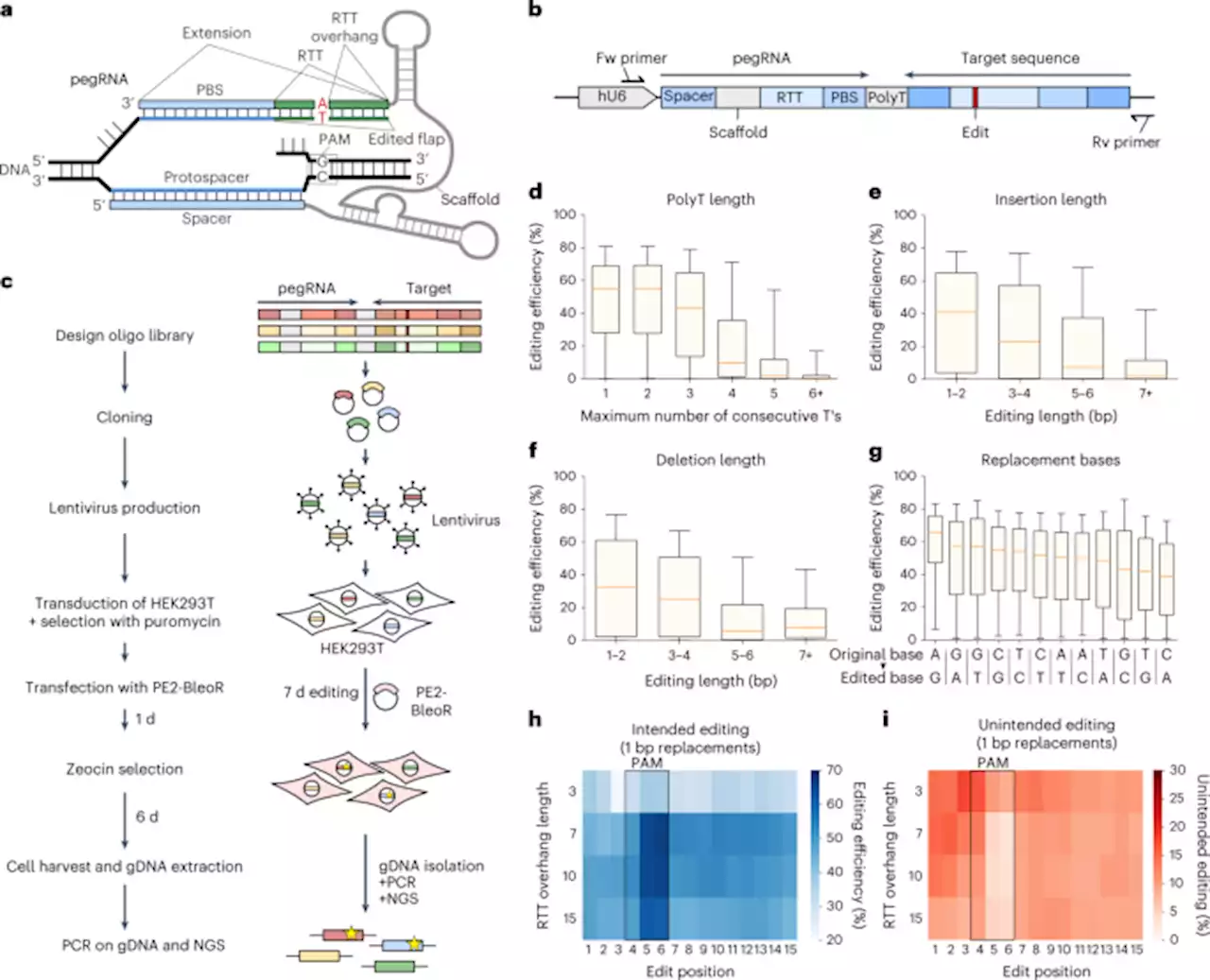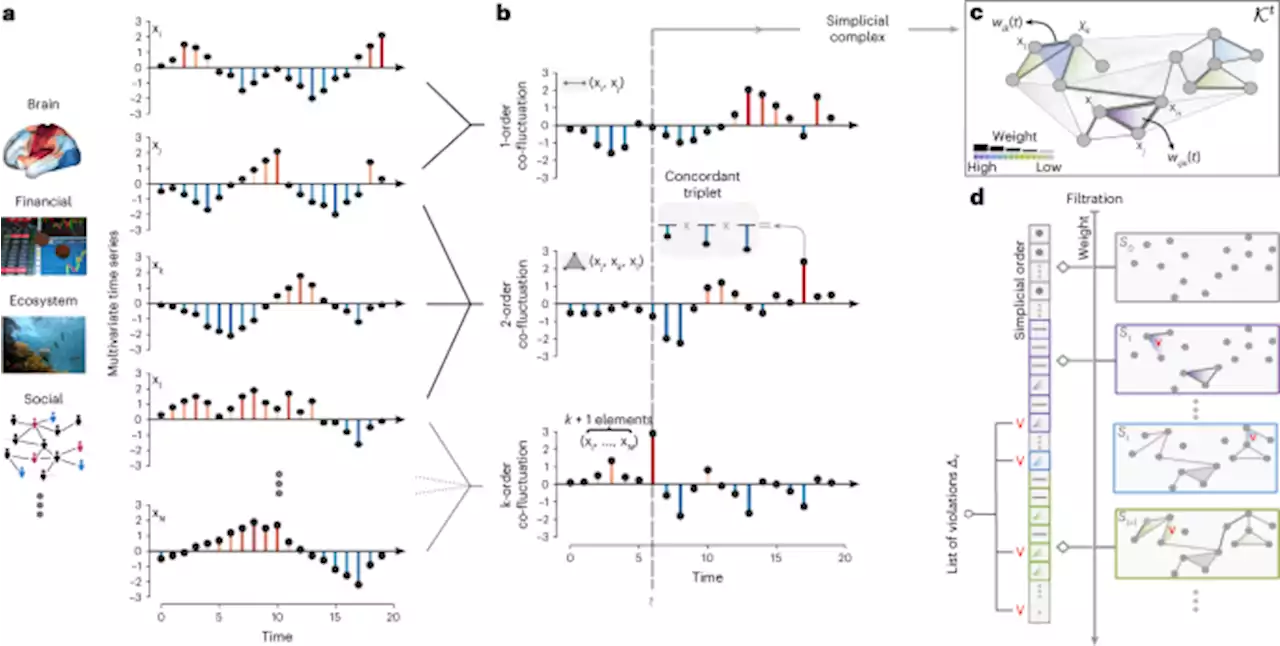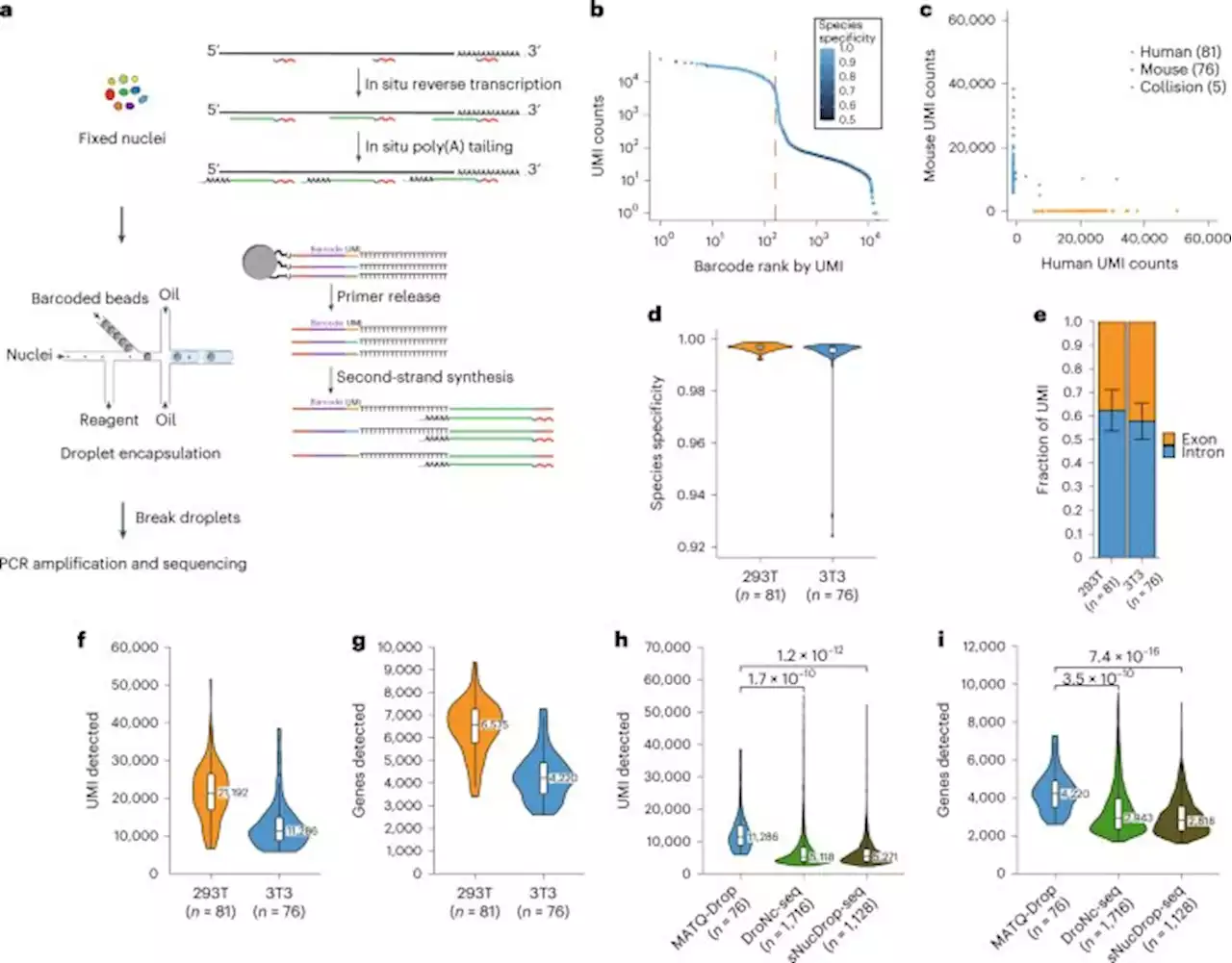Droplet-based transcriptome profiling of individual synapses
We thank the McNair family for their support. We also thank NIH NeuroBioBank for providing brain tissue samples. We thank H. Dierick and M. Xue for their helpful discussion. We thank S. Eshghjoo for providing the mouse samples. We thank other Zong lab members for their help in this project. FACS experiments were performed in the Cytometry and Cell Sorting Core at Baylor College of Medicine with funding from the CPRIT Core Facility Support Award , the NIH and the assistance of J. M. Sederstrom.
Department of Physics and School of Engineering and Applied Sciences, Harvard University, Cambridge, MA, USADan L. Duncan Comprehensive Cancer Center, Baylor College of Medicine, Houston, TX, USAChenghang Zong
Ireland Latest News, Ireland Headlines
Similar News:You can also read news stories similar to this one that we have collected from other news sources.
 Predicting prime editing efficiency and product purity by deep learning - Nature BiotechnologyPredicting prime editing efficiency and product purity by deep learning
Predicting prime editing efficiency and product purity by deep learning - Nature BiotechnologyPredicting prime editing efficiency and product purity by deep learning
Read more »
 Tension-tuned receptors for synthetic mechanotransduction and intercellular force detection - Nature BiotechnologySynthetic sensors of extra and intracellular mechanical forces that activate gene expression are designed.
Tension-tuned receptors for synthetic mechanotransduction and intercellular force detection - Nature BiotechnologySynthetic sensors of extra and intracellular mechanical forces that activate gene expression are designed.
Read more »
 Artist connects people to nature using Lego bricksLarge-than-life Lego sculptures examine the relationship between humans and nature at Nature Connects.
Artist connects people to nature using Lego bricksLarge-than-life Lego sculptures examine the relationship between humans and nature at Nature Connects.
Read more »
 Long-range ordered porous carbons produced from C60 - NatureA new type of carbon, long-range ordered porous carbon, is synthesized from carbon fullerenes at the gram scale and under ambient pressure.
Long-range ordered porous carbons produced from C60 - NatureA new type of carbon, long-range ordered porous carbon, is synthesized from carbon fullerenes at the gram scale and under ambient pressure.
Read more »
 γδ T cells are effectors of immunotherapy in cancers with HLA class I defects - Natureγδ T cells contribute to the response to immune checkpoint blockade treatment in patients with HLA-class-I-negative DNA mismatch repair-deficient colon cancers. .
γδ T cells are effectors of immunotherapy in cancers with HLA class I defects - Natureγδ T cells contribute to the response to immune checkpoint blockade treatment in patients with HLA-class-I-negative DNA mismatch repair-deficient colon cancers. .
Read more »
 Higher-order organization of multivariate time series - Nature PhysicsMost temporal analyses of multivariate time series rely on pairwise statistics. A study combining network theory and topological data analysis now shows how to characterize the dynamics of signals at all orders of interactions in real-world data.
Higher-order organization of multivariate time series - Nature PhysicsMost temporal analyses of multivariate time series rely on pairwise statistics. A study combining network theory and topological data analysis now shows how to characterize the dynamics of signals at all orders of interactions in real-world data.
Read more »
